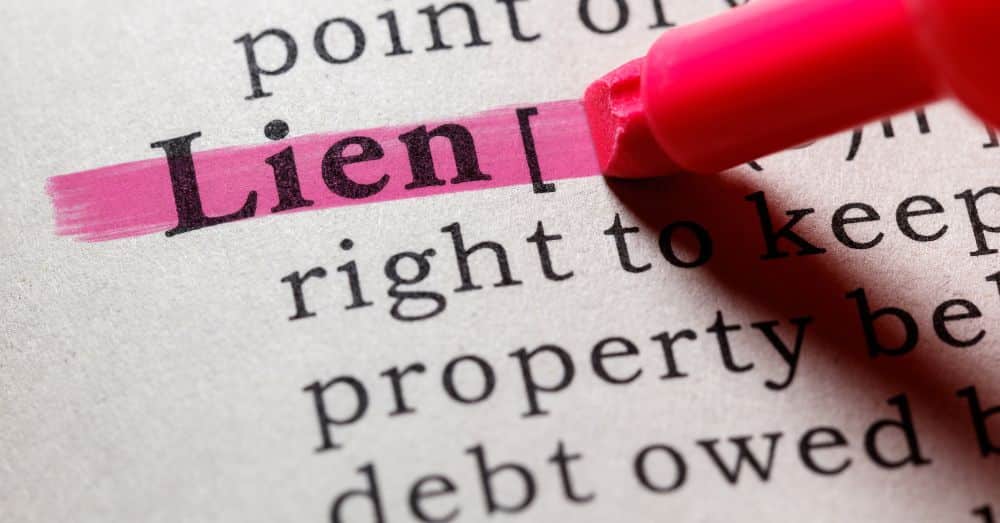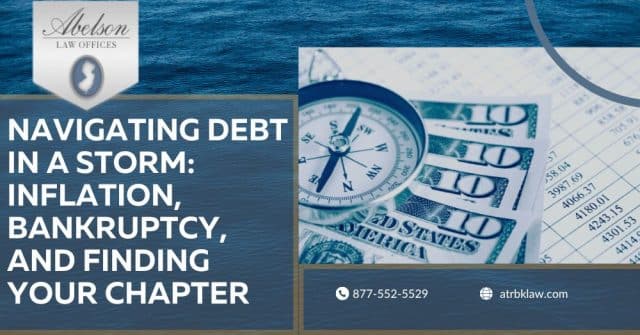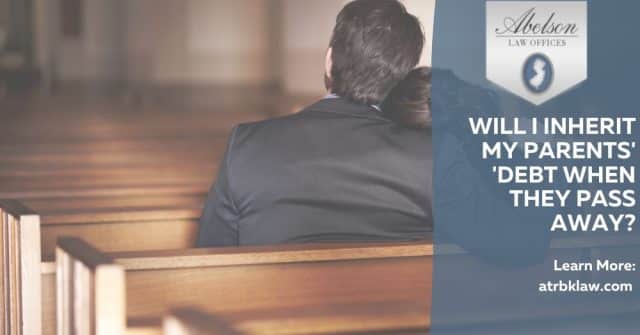This peculiar concept in Bankruptcy Law can offer immeasurable relief to bankruptcy debtors in general, and struggling homeowners in Chapter 13 Bankruptcy specifically. It refers to whether or not a creditor’s claim is truly “secured” under the Bankruptcy law, and if not –it potentially can be treated as an unsecured creditor and be paid little (or even nothing) in the Bankruptcy and the lien on the collateral voided.
The most useful application for this type of lien avoidance is for junior or subordinate mortgages (i.e. home equity loans) which are totally underwater. If a debtor owes more on the first mortgage than the property is valued, then there is no equity to support the underlying mortgage and it can be deemed an unsecured loan in the bankruptcy and paid at the same ratio as the credit cards – which may be zero. This can only be done in Chapter 13 however, per the United States Supreme Court (just recently upheld in the 2015 case of Bank of America v. Caulkett).
Whether or not the opportunity to void a 2nd mortgage warrants an entire Chapter 13 filing if the Debtor would otherwise qualify for Chapter 7 relief is a case by case analysis, but if the amount of the underlying mortgage is substantial, the opportunity to eliminate it entirely would most often outweigh the inconvenience and expense of a Chapter 13 filing. For example, if a debtor has a home worth $ 200,000 and a first mortgage owing $ 225,000 and a home equity loan of $ 40,000, it would well be worth filing a Chapter 13 to avoid the second mortgage to eliminate that $ 40,000 indebtedness. Even if the costs over a 3 to 5 year Chapter 13 plan would near $ 10,000, the debtor would remain in a far better situation long-term having eliminated the $ 40,000 – and the interest on that loan going forward for an extended period of time.
Lien stripping is not solely limited to homes, and can be used to reduce certain car loans (normally loans over 2½ years old) to the value of the vehicle or perfected judgment liens to the amount of equity available in the collateral. This is often referred to a “cram downs” as the lien is reduced to the value of the collateral and satisfied in the Chapter 13 bankruptcy plan. (Note: a subordinate mortgage on the debtor’s primary residence can only be eliminated if without any equity and cannot be crammed down based on certain provisions of the Bankruptcy Code and a 1993 decision of the Supreme Court entitled Nobelman v. American Savings Bank).
If any of these situations seem plausible, it is important to discuss the issue in detail with experienced bankruptcy counsel to determine the best opportunity for debt relief.




